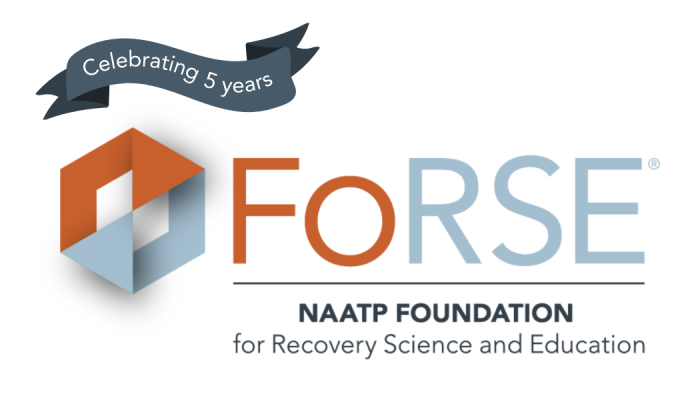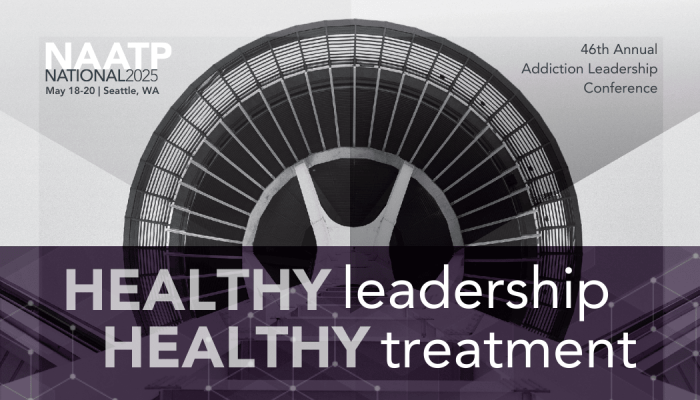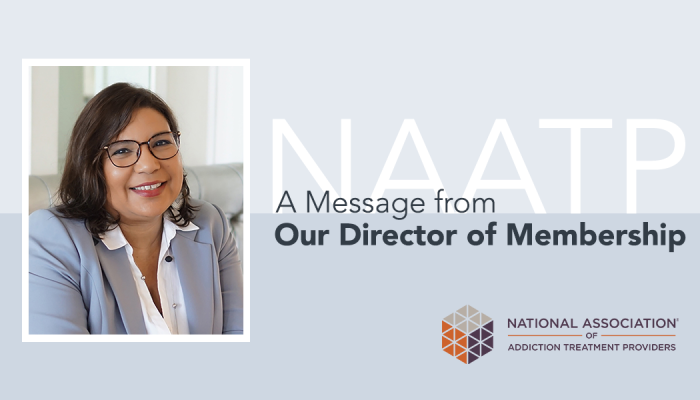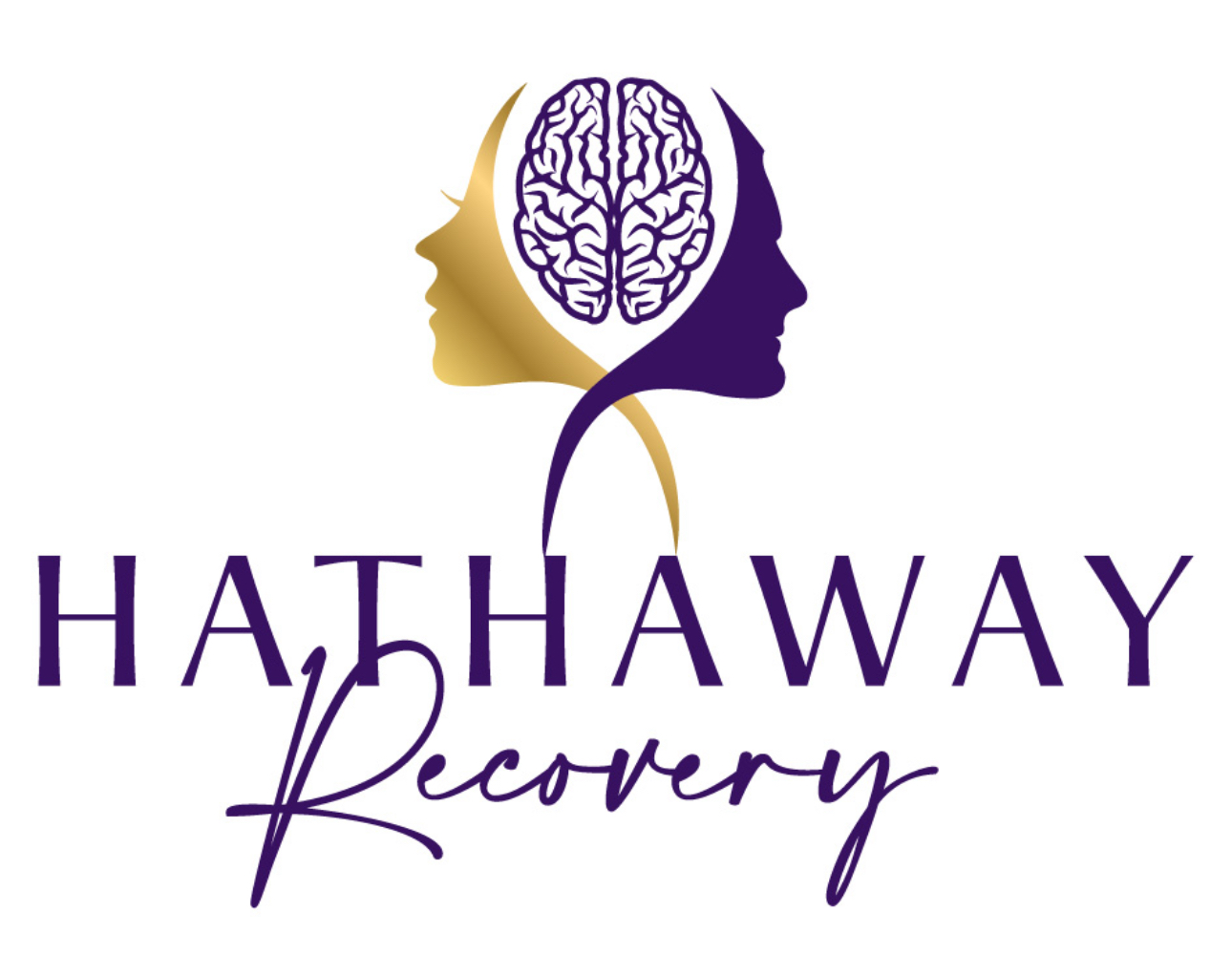May 2, 2024
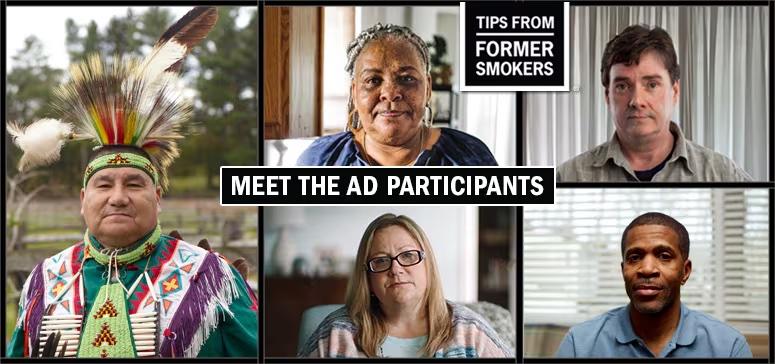
The National Association of Addiction Treatment Providers (NAATP) is pleased to continue our support for the Centers for Disease Control and Prevention's Tips From Former Smokers® (Tips®) campaign for a third year. The Tips® campaign uses approaches to address health disparities in pursuit of health equity by increasing the reach, representation, receptivity, and accessibility of smoking cessation messages. Tips® also increases awareness of free quit-smoking resources among adults—no matter who they are, where they live, or how much money they make.
In this blog post, we delve into the multifaceted nature of tobacco addiction, how quitting smoking increases odds of long-term recovery, and how the Tips® campaign offers inspiring stories to help people quit and help your treatment center go tobacco-free, and the broader context of tobacco use within society.
Exploring Tobacco Use
Tobacco use remains a significant public health challenge in the United States, exacting a heavy toll on both individuals and society as a whole. Despite widespread awareness of its dangers, millions of Americans continue to smoke cigarettes, perpetuating a cycle of preventable suffering.
Cigarette smoking is very common among people with substance use problems. Past-month smoking was reported by 74 percent of people ages 12 and older who received SUD treatment in the past year—a rate approximately three times higher than that for people who did not receive treatment in the same period (Substance Abuse and Mental Health Services Administration [SAMHSA], 2011).
Smoking alone claims the lives of over 480,000 Americans each year, with an additional 16 million living with serious smoking-related diseases. For those who have received SUD treatment services, the rate of tobacco-related deaths is even higher. An Oregon study based on data from publicly funded treatment services and state vital statistics records found that the tobacco-related death rate was 53.6 percent for people who received SUD treatment compared to 30.7 percent of the general population (Bandiera, Anteneh, Le, Delucchi, & Guydish, 2015).
Tobacco-related death rate was 53.6 percent for people who received SUD treatment compared to 30.7 percent of the general population (Bandiera, Anteneh, Le, Delucchi, & Guydish, 2015).
Beyond the staggering loss of life, tobacco use imposes a significant economic burden, costing billions in healthcare spending and lost productivity annually. These statistics underscore the urgent need for comprehensive strategies to address tobacco addiction and promote smoking cessation.
Launched in 2012, the CDC's Tips® campaign serves as a powerful educational tool, amplifying the voices of real individuals affected by smoking-related illnesses. Through compelling narratives and personal stories, the campaign sheds light on the profound toll of tobacco addiction, covering a wide range of health issues including cancer, COPD, heart disease, and mental health conditions.
Real Stories from Real People
The campaign adopts an inclusive approach aimed at addressing health disparities and promoting health equity. By featuring individuals from diverse backgrounds and experiences, the campaign seeks to increase awareness of free quitting resources and empower all smokers to take control of their health. This inclusive messaging is crucial in reaching communities disproportionately affected by tobacco use.
Amanda's journey highlights the dangers of smoking during pregnancy and underscores the importance of quitting for the health of oneself and future generations.

At age 36, Noel suffered a heart attack and was hospitalized for a week. He realized that if he continued to smoke, he would die. He couldn’t bear the thought that he might not be there for his family.
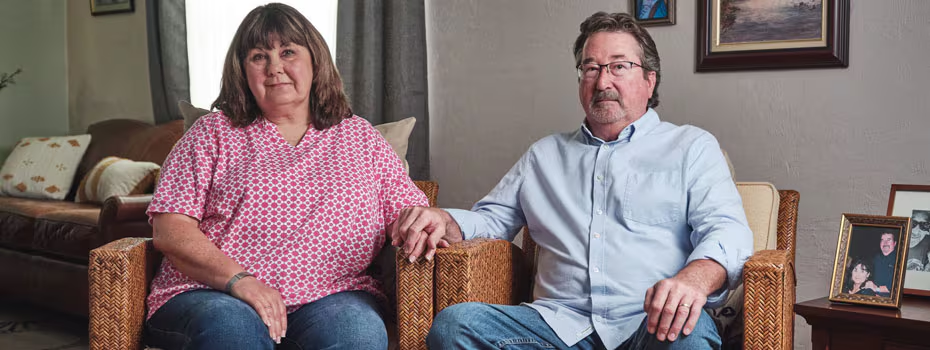
Despite starting their relationship in 2012 and enjoying activities like long walks together, Stephen now faces the challenges of peripheral artery disease (PAD) due to years of smoking, with Stephen serving as Elizabeth's full-time caregiver after she underwent major surgery only four months into their marriage, hoping their story will inspire others to quit smoking.

Tammy, a 50-year-old Odawa Indian from Michigan, once an avid runner who prioritized health, underwent open-heart surgery at 44 due to smoking menthol cigarettes, leading her to quit smoking and modify her running routine in appreciation of life's fragility.
Beyond the Personal Narrative
It's essential to examine the broader context of tobacco use, including socioeconomic factors, cultural influences, and systemic challenges. Understanding these complexities is key to developing effective strategies for tobacco control and smoke cessation.
Evidence-based interventions and policies play a crucial role in reducing tobacco use and preventing smoking-related diseases. Comprehensive tobacco control programs, tobacco taxes, and smoke-free policies have been proven effective in curbing the tobacco epidemic. By implementing these strategies at both the individual and policy levels, we can make significant strides towards a smoke-free future.
As we reflect on the burden of tobacco addiction and the transformative power of the Tips® campaign, let us reaffirm our commitment to combating tobacco use in all its forms. By amplifying the voices of real people, promoting smoking cessation resources, and advocating for evidence-based policies, we can create a healthier, smoke-free future for all. Together, we can turn the tide against tobacco addiction and build a society where every individual has the opportunity to live a smoke-free life.
As we look to the future, it's essential to consider emerging trends and challenges in tobacco control. The rise of alternative tobacco products, such as e-cigarettes and vaping devices, presents new obstacles in the fight against tobacco addiction. While these products may offer harm reduction potential for current smokers, they also pose risks, particularly among youth who may be drawn to their appealing flavors and marketing tactics.
Moreover, addressing disparities in tobacco use requires a multifaceted approach that considers social determinants of health, access to healthcare, and environmental factors. By engaging with community leaders, healthcare providers, and policymakers, we can develop tailored interventions that address the unique needs of diverse populations and promote health equity.
Ongoing research is essential to understanding the long-term health effects of tobacco use and evaluating the effectiveness of tobacco control policies. By investing in scientific inquiry and data-driven solutions, we can refine our approaches to tobacco control and ensure that our efforts yield meaningful outcomes for public health.
A meta-analysis of 19 randomized controlled trials found that, for clients in current addiction treatment or recovery, smoking cessation interventions were associated with a 25 percent increased likelihood of abstinence from alcohol and illicit drugs at 6 to 12 months after treatment (Prochaska, Delucchi, & Hall, 2004).
For clients in current addiction treatment or recovery, smoking cessation interventions were associated with a 25 percent increased likelihood of abstinence from alcohol and illicit drugs at 6 to 12 months after treatment (Prochaska, Delucchi, & Hall, 2004).
The fight against tobacco addiction is far from over, but with continued dedication and collaboration, we can make significant progress towards a smoke-free future. By building on the successes of campaigns like Tips® and embracing evidence-based strategies, we can create healthier communities where every individual has the opportunity to lead a tobacco-free life. Together, let's work towards a future where tobacco-related diseases are a thing of the past, and every person can breathe freely.
Empower your clients with person-centered tools tailored to smoking cessation! Explore the Tips® campaign’s motivational cards designed to inspire and support individuals on their journey. Order yours today for a personalized touch in your counseling sessions.
ABOUT THE AUTHOR
 Luke Miller (he/him) serves as the Communications and Development Manager at the National Association of Addiction Treatment Providers (NAATP). With a Master's Degree in Creative Writing and a Bachelor's in Communications and English, Luke brings a wealth of experience to his role, spearheading the development of compelling content and overseeing the creative execution of a consistent and targeted message.
Luke Miller (he/him) serves as the Communications and Development Manager at the National Association of Addiction Treatment Providers (NAATP). With a Master's Degree in Creative Writing and a Bachelor's in Communications and English, Luke brings a wealth of experience to his role, spearheading the development of compelling content and overseeing the creative execution of a consistent and targeted message.
Passionate about fostering inclusivity and advocating for marginalized communities, Luke's commitment to social responsibility and community engagement is woven into the fabric of his professional journey, driving impactful change and fostering meaningful connections.





